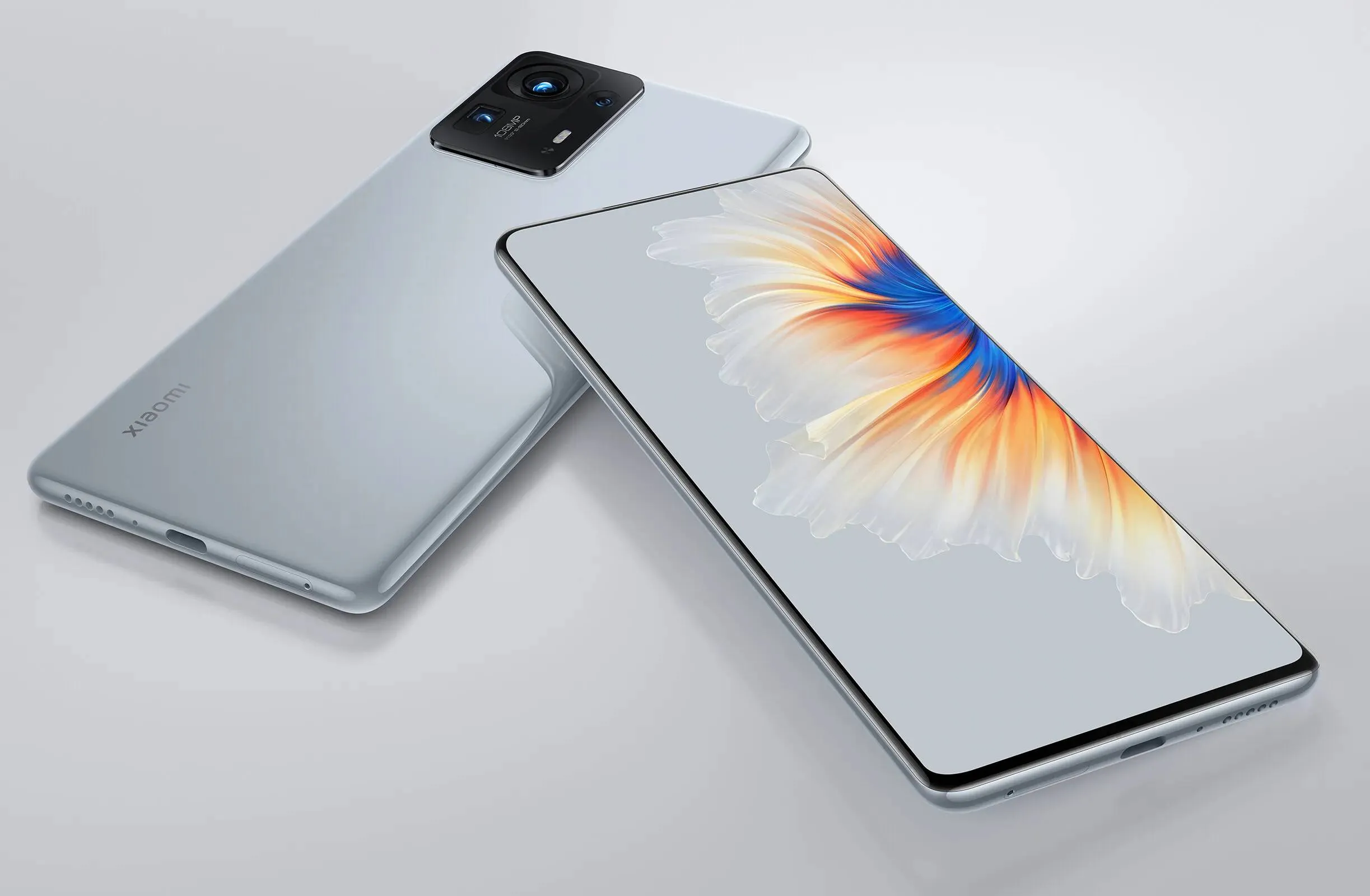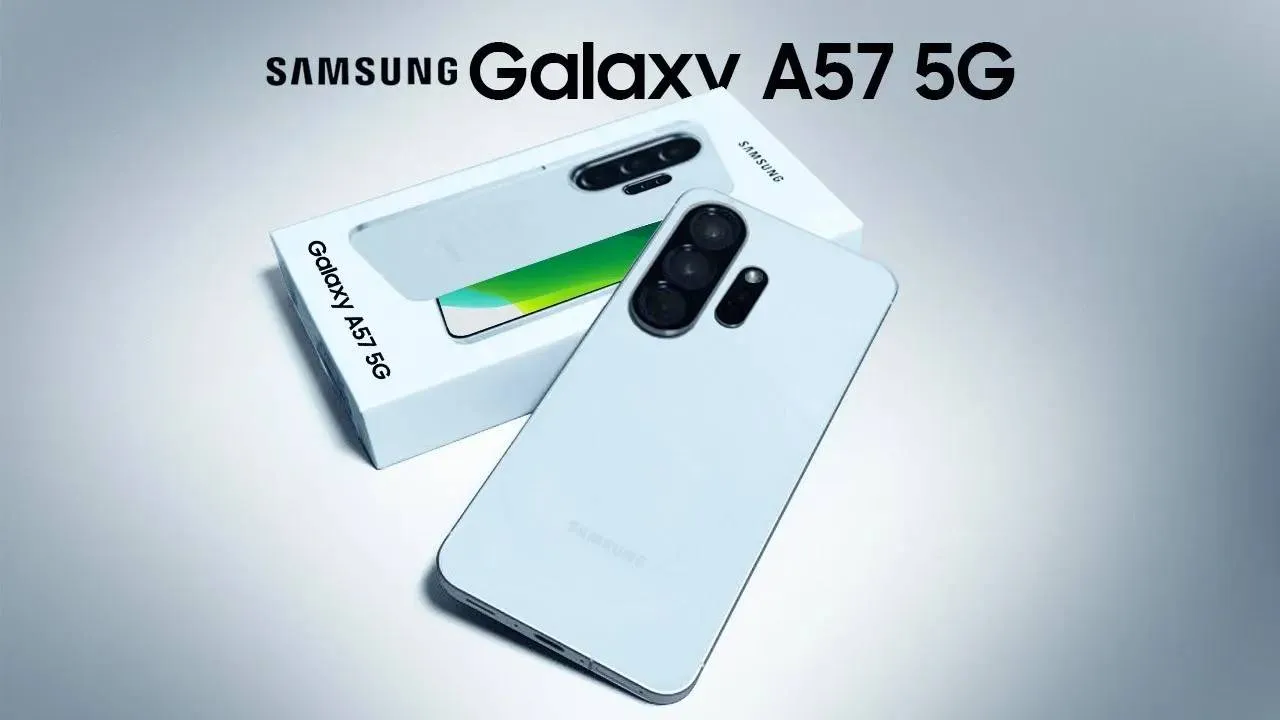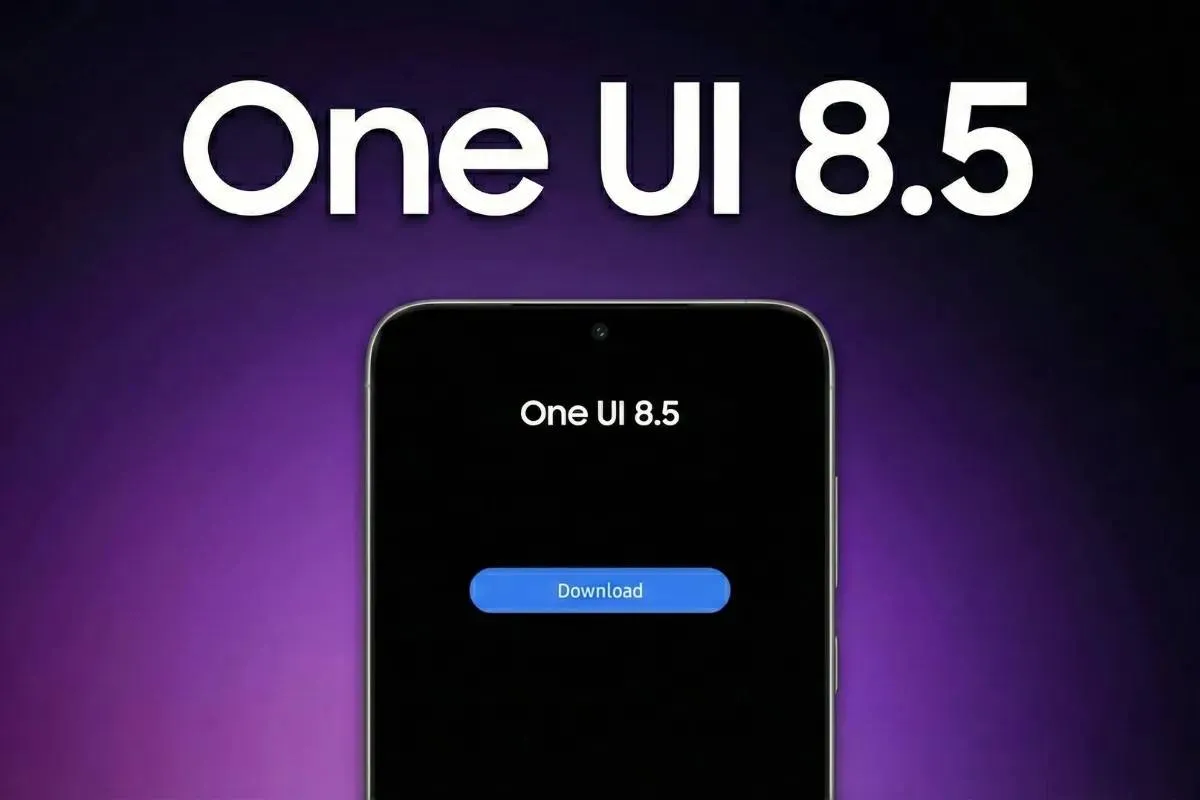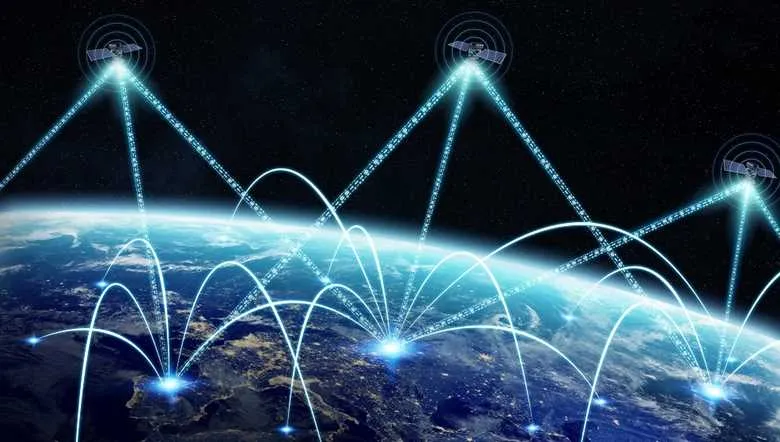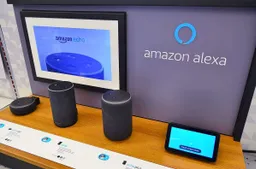Remove Water from Your iPhone Using This Simple YouTube Trick
AppleWednesday, 28 August 2024 at 14:30
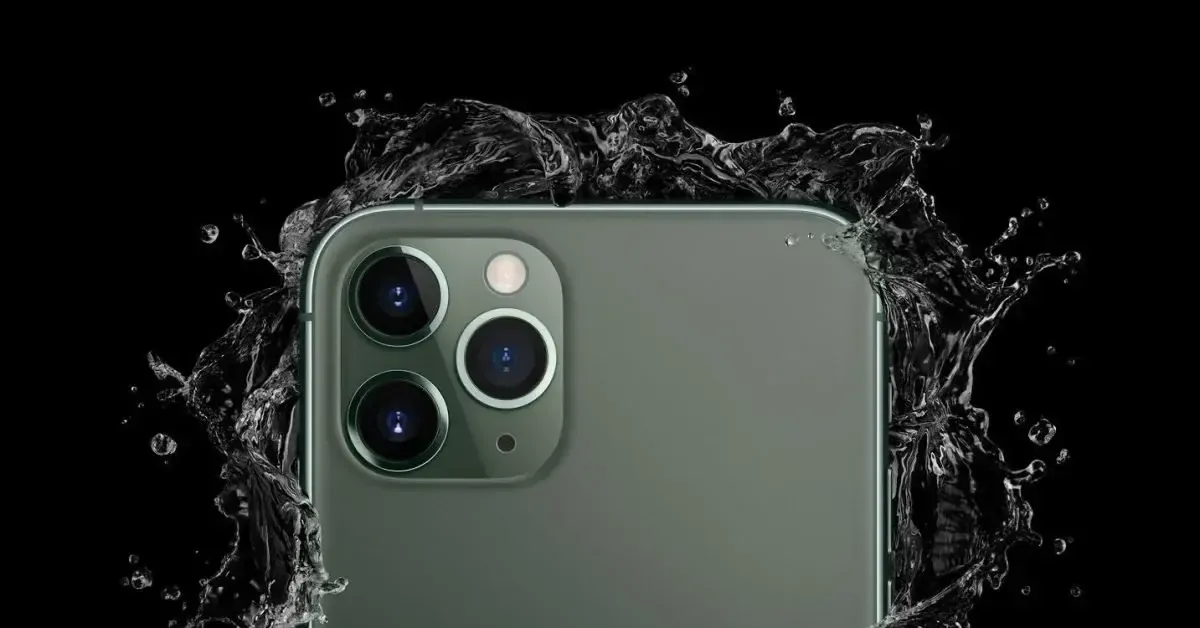
Many YouTube videos claim to remove water from iPhone speakers using low-frequency sounds. Curious about their effectiveness, The Verge’s David Pierce teamed up with iFixit to test this theory. Here’s what they found.
Disclaimer: This is mainly for testing purposes. We don't recommend dipping your smartphone into water just to test the accuracy of this test. Any damage caused to your smartphone as a result of trying out this test is solely on you. Gizchina.com cannot be held responsible for whatever happens to your phone as a result of trying this at home.
Nonetheless, this can go the extra mile to be a helpful tip, should you accidentally drop your iPhone into liquid.
Testing the Sound Method
[caption id="attachment_468154" align="aligncenter" width="800"]
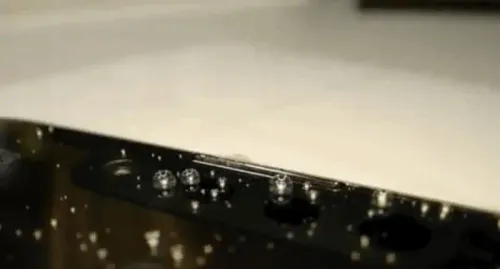
Water dropping out of iPhone speakers. Image Credit: iFixIt
To see if these videos really work, iFixit submerged an iPhone 13 in water mixed with UV dye. They then played one of the popular YouTube videos designed to vibrate water out of the phone's speakers and left the device overnight to dry.
When the video played, water visibly sprayed out of the iPhone’s speaker area. The sound's vibrations forced water out quickly, showing that the method does work to some extent. They also tested other smartphones from brands like Google and Nokia, and the results were similar. The initial burst of sound effectively expelled water from the speaker grilles.
However, when iFixit opened up the iPhone, UV dye stained other parts of the device, indicating that water remained trapped inside. The video’s sound waves only removed water from the speakers, not from other internal components. This makes it clear that while the method helps with water removal from specific areas, it’s not a complete solution for a fully waterlogged phone.
How Effective Is It?
These videos primarily address water in the speaker area. The oscillating sound waves push the water out of the grille, but they don’t dry out the entire phone. If water seeps into other parts, like the internal circuitry, this method won’t fix the problem. Therefore, it’s not a reliable remedy for extensive water exposure.
Apple’s devices, like the Apple Watch, have a built-in sound feature specifically designed to expel water. This works more effectively because the watch is a smaller device with fewer crevices compared to an iPhone. Apple’s sound feature uses a similar concept but with more precision and control.
Water Resistance in Modern iPhones
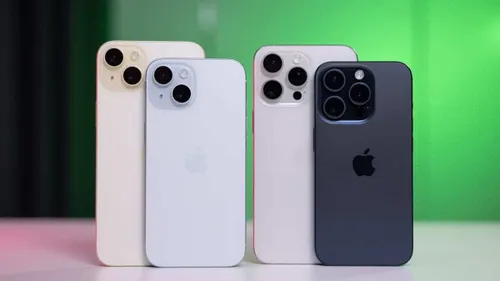
Modern iPhones, like the iPhone 15, come with an IP68 rating for water and dust resistance. The "8" in IP68 means the phone can handle splashes, rain, and even accidental dunks in water up to six meters deep for up to 30 minutes. However, water resistance diminishes over time due to wear and tear, making older devices more susceptible to water damage.
Apple does not cover water damage under its warranty, so it’s always best to avoid exposing your iPhone to water when possible. These YouTube sound tricks can help in emergencies, but they should not be relied upon as a long-term solution.
Conclusion
Using sound to remove water from an iPhone’s speakers does work, but it’s not a foolproof fix. The sound vibrations can help clear out water from the speaker grille but won't address water trapped deeper inside the phone. The best approach is to keep your phone dry and seek professional help if it gets wet.
While this tip may be very helpful in helping dry your smartphone speakers, that shouldn't be the bottom line. Once water gets into your smartphone, a lot may be going on that could damage your smartphone later. This is why we recommend paying a visit to the technician as soon as water or any form of liquid gets into your smartphone.
For a closer look at the testing process and results, you can check out The Verge’s detailed analysis.
Popular News
Latest News
Loading
